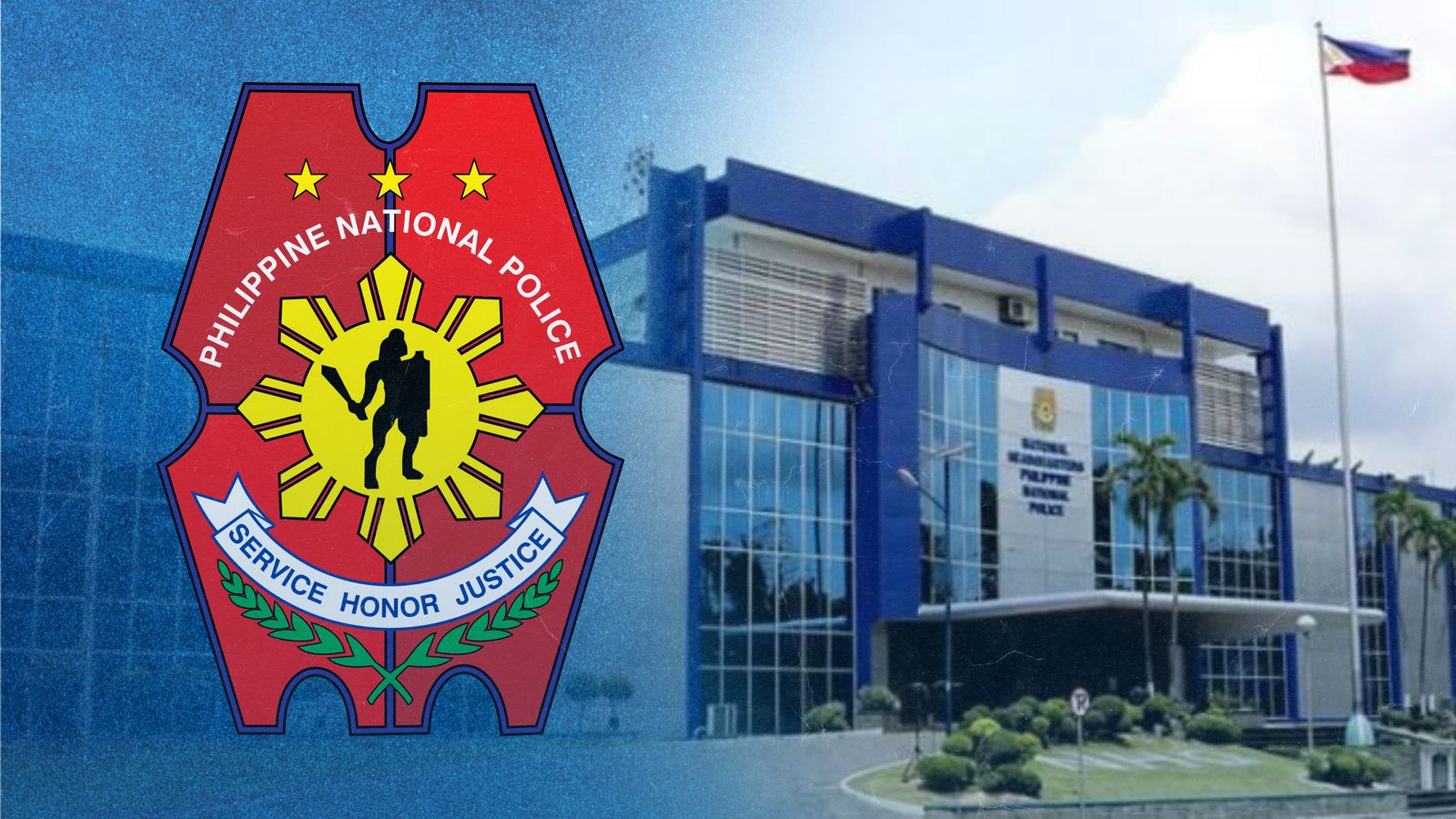Police respond to 78% of 911 calls within five minutes – PNP

Philippine National Police headquarters in Camp Crame
MANILA, Philippines — Officers respond to 78.1 percent of 911 emergency calls within five minutes, according to the Philippine National Police Communications and Electronics Service (PNP CES).
In data acquired by INQUIRER.net from the PNP CES, the national police logged 5,187 emergency calls between Aug. 8, 2024 and Jan. 5, 2025.
Police officers responded to 4,050 of these calls within an average of 3.25 minutes; while 1,137 calls posted an average response time of 12.86 minutes.
After the Department of the Interior and Local Government (DILG) launched the “revitalized” 911 emergency hotline last August, PNP Chief Gen. Rommel Marbil said the police force aimed to reduce response time to requests for assistance from 15 minutes to five minutes.
Article continues after this advertisementREAD: PNP eyes 5 minutes emergency response time as it bolsters 911 hotline
Article continues after this advertisementAmong the calls qualifying under Marbil’s 5-minute target, 1,250 calls had a response within three minutes, while 863 were answered within two minutes and 799 within five minutes.
“We’ve been testing this. If you call 911, in one ring or two rings, we can answer immediately because it comes in fast. We receive it quickly,” PNP CES Director Brig. Gen. Warren Tolito said in a mix of Filipino and English during an interview with INQUIRER.net on Tuesday at Camp Crame.
“In terms of emergencies, time is of the essence. With the system itself, it already is fast. Calls are received quickly, our personnel can answer immediately,” Tolito added in a mix of Filipino and English.
The NCR saw the most number of incidents reported on the 911 system, with 2,481 incidents or 47.83 percent of the total from Aug. 8, 2024 to Jan. 5, 2025.
It was followed by Calabarzon (Region 4A) with 14.3 percent of the total incidents; Central Luzon (Region 3) with 7.8 percent; and Central Visayas (Region 7) with 7.29 percent.
As for the nature of the reported incidents, vehicular accidents led with 1,741 cases.
This was followed by alarm and scandal with 1,477 incidents; “creating trouble” with 485 incidents; and domestic trouble with 464.
Speeding up response time
In the National Capital Region (NCR), the most common factor limiting response time was moderate to heavy traffic with 137 calls reporting delays due to congestion.
Non-familiarity with the area of responsibility and long distance travel were the second-most frequent cause for delays in response time with 38 incidents each.
This was followed by 32 cases citing unavailability of responders for longer response time.
“Other than that, we can do it. We’re always within the three to five-minute goal,” Tolito said.
When asked for steps to address delays in response, Tolito answered, “Kailangan pag-aralan on a weekly basis ano yung character ng incident, ano yung demographics ng incident. From there, magagawan natin ng corresponding deployment plan for succeeding weeks.”
(We need to study every week what the character of the incident is, what the demographics of the incident is. From there, we can formulate a corresponding deployment for succeeding weeks.)
“The main contributor of delays, really, is traffic. That’s why, here in Metro Manila, the remedy is for our police to use their motorcycles,” Tolito explained in. a mix of Filipino and English.
In its report, the PNP CES also recommended orienting new patrollers and collaborating with barangay authorities for response to address non-familiarity with the area of responsibility.
Further, to address difficulties with locations, the police force sought to turn to more advanced location technologies.
“What geolocation mapping solved is in the depressed areas, so you’d no longer go in circles… You’d go straight where the caller was. You know where to go there,” Tolito said in Filipino.
“That is one of the ongoing work being done to fix the geolocation mapping so we can further enhance it,” the PNP CES director added.
‘Revitalized’ 911 system
For the revamped emergency hotline system, the DILG and the PNP partnered with private tech firm Next Generation Advanced (NGA) 911 Philippines, offering an internet protocol (IP)-based system replacing decades-old analog infrastructure.
The initiative aims for a unified emergency response system.
READ: DILG eyeing unified 911 emergency system
“Each station creates its own hotline number. There are cities that set up their own hotlines… But that is only useful if you know the hotline number. So, the issue there now is the people’s social awareness,” Tolito said.
Callers on the “revitalized” emergency hotline are first handled by operators at the DILG’s Emergency 911 National Office.
If they choose to avail police assistance – which happens “40 to 50 percent of the time,” according to Tolito, they will be redirected to operators with the PNP Command Center, who will then take the callers’ details and relay them to the police office with the respective jurisdiction.
NGA 911 Philippines’ Robert Llaguno told INQUIRER.net that the emergency call system was revamped not only to be faster but also to collect data to inform policing decisions.
“We are moving from a regular logbook to data-driven analytics,” Llaguno said in the interview with Tolito at Camp Crame on Tuesday.
“Every two weeks, we give the data on the last two weeks to the police regional offices so they can formulate their response plan. They will adjust. It’s really necessary for us to provide this kind of information,” Tolito explained.